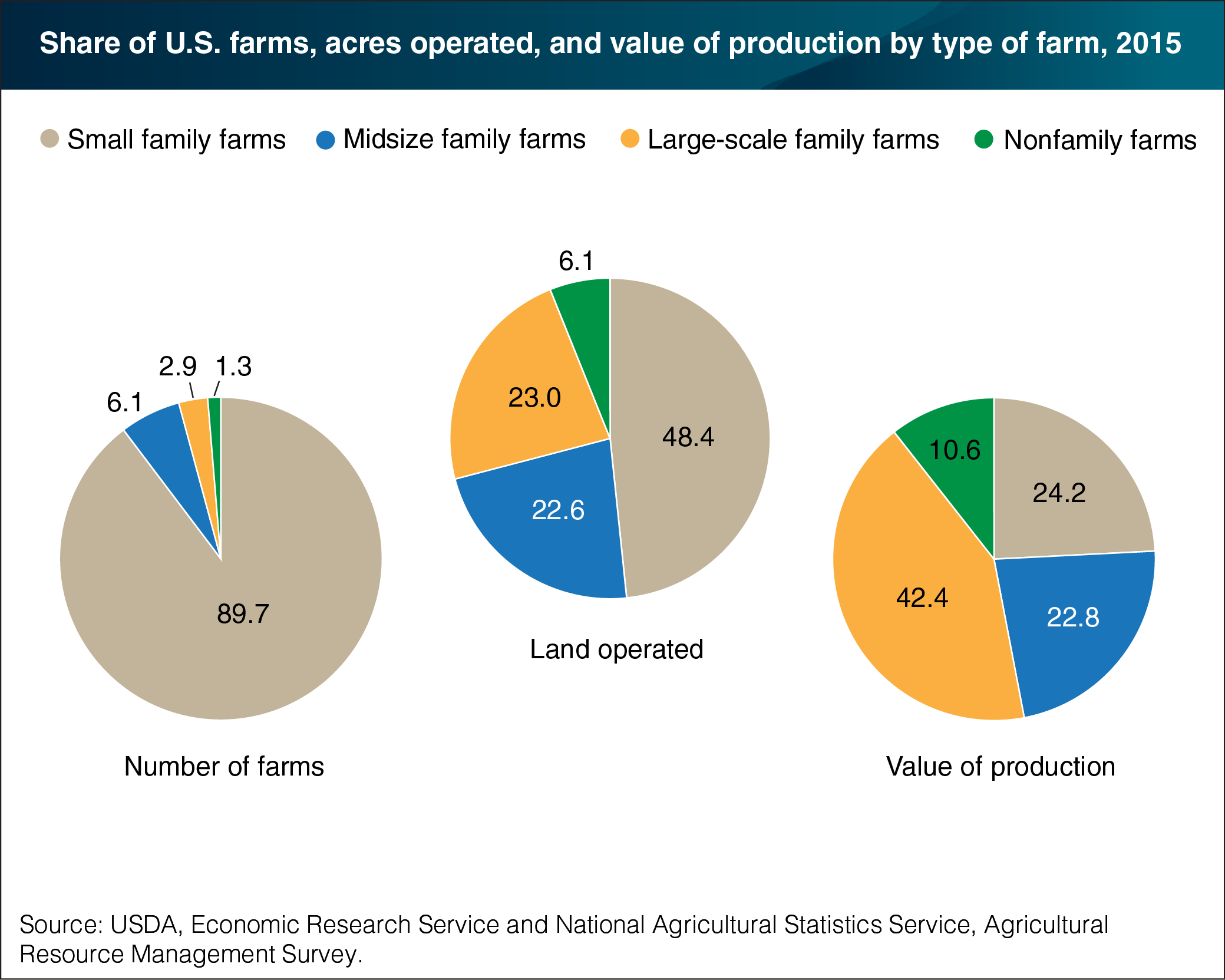Back in the day USDA might have used "Section 32" authority to purchase fruits and vegetables (I don't think milk, but milk is its own complicated story) which were in temporary surplus, meaning prices were depressed below the level farmers expected/wanted/needed. USDA purchases were intended to drive up prices, since the established programs covered only storable commodities (including milk, storable as butter and cheese). The commodities would be donated to school lunch programs or various other food programs. (At some points in the past surplus potatoes were destroyed--see this Congressional Record reference.) For example here's an appropriations hearing in 1964 discussing the sweet potato removal program. I was never involved in administering these purchases, but ASCS/FSA was."Never" is a long time. While it's true they don't get direct payments, except when natural disaster destroys production. Produce farmers very occasionally get assistance from USDA purchases under Sec. 32 authority when prices have gone to hell.— Bill Harshaw (@BillHarshaw) April 8, 2020
Of course these purchases were in response to lobbying by the producer group--if they could build the heat on USDA hot enough the Secretary would pull the trigger on the purchases, which would take the heat off until the next time. Over the years, as briefly described in this description of the authority, the expansion of crop insurance to more crops and the establishment of the Non-insured Crop Disaster Assistance Program (NAP) (one of the reasons I retired, though that's a story for a different time) lessened its use, and in 2008 the law was changed further to restrict the Secretary's authority.
